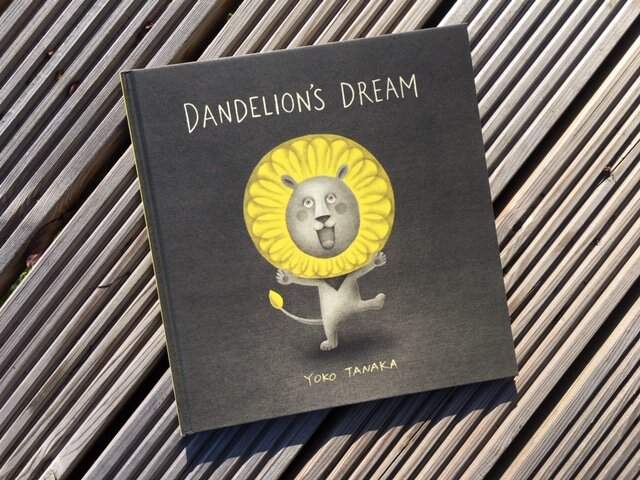By Anita Devi
If aliens were to land on our planet, I wonder what they would make of dandelions? They are funny kind of plant and yet so potent. Let me take a moment of your time, to share a few thoughts on dandelions.
Did you know …??
- The name dandelion is derived from the French translation “dent de lion” meaning lion’s tooth. However, the plant is also known by many other names, such as blowball, cankerwort, doon-head-clock, yellow-gowan, Irish daisy, monks-head, priest’s-crown, and puff-ball, to name a few.
- Whilst many see the dandelion as a weed, it is in fact a perennial herb plant. The plants, believed to be native to the Mediterranean, were well known by ancient Greeks, Romans and Egyptians.
- The dandelion flower opens to greet the morning and closes in the evening to go to sleep.
- There are four stages to a dandelion life cycle – seedling, maturing, flowering and germination. This is a great time lapse video of the last two stages
- Poetically, the dandelion is the only flower that represents the three planets of the sun, moon, and stars. The yellow flower resembles the sun, the puff ball resembles the moon, and the dispersing seeds resemble the stars.
- After flowering is finished, the dandelion flower head dries out for a day or two. The dried petals and stamens drop off, the bracts reflex (curve backwards), and the parachute ball opens into a full sphere. When development is complete, the mature seeds are attached to white, fluffy “parachutes” which easily detach from the seed head and glide by wind, dispersing. The seeds can cover large distances when dispersed due to the unique morphology of the pappus that adjusts to the moisture in the air. This allows for maximum dispersal and further germination.
- Dandelion roots, leaves, buds and flowers have all been used for food, medicine and dye for colouring. They are plants with high nutritional value, though excessive use can cause allergies, stomach cramp, diarrhoea and heartburn for some.
In short, it is a plant that keeps of giving. The dandelion life cycle is relatively short and yet in each of its phases, it gives so much.
So, what got me thinking about dandelions? Was it their invasion during the current season? Below are a few photographs I took recently during a well-being walk.

In fact, it was a book entitled ‘Dandelion’s Dream’ by Yoko Tanaka. I was looking at books to support post COVID19 conversations. There are mixed reviews on Dandelion’s Dream. My initial reaction was …hmm, but the more I looked at this, I could see its potency. I’ve said this a few times on different platforms – whilst the concept of ‘lockdown’ may be global, the experience is personal and individual. We do need to understand the journey people have been on and what it means to them.
The book led me to research poem about dandelions. Here is one I like in terms of imagery and shape.
Dandelions
Free flight
fields of yellow
puffballs flying at will
tiny seedlings manoeuvring
their way through summer skies in elation
seeking new adventures elsewhere
liberty’s timeless flight
fuzzy sky haze
free flight
Dandelions by Writinstuffs @all_poetry https://allpoetry.com/15242269
Dandelions for me represent both hope and generosity. I’ll end with a song … that a field of dandelions could sing … but so could you!
What are your thoughts on dandelions?


